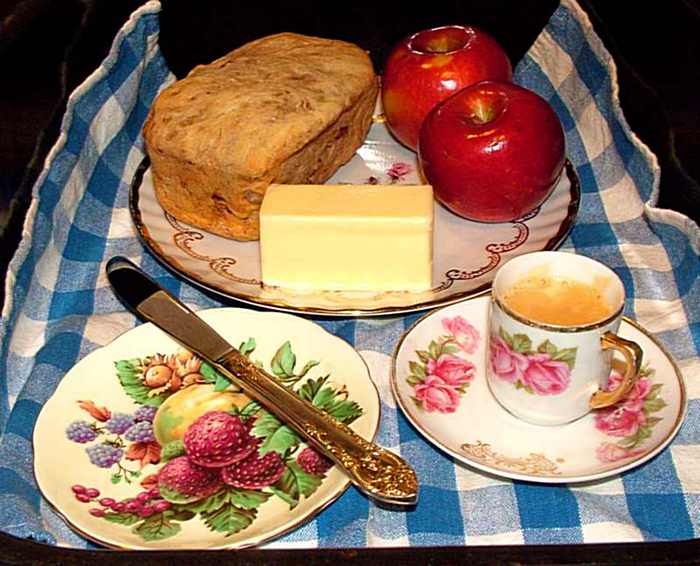the bread experiment
this weekend I researched the strenght and taste of my wild yeast. I made one starter with wild yeast (pure), one with an extra half a teaspone of commercial yeast, and the third with some sourdough powder I once bought. Also, in the oven I covered half of the breads with a alu-foil pain for the first 15 minutes.
